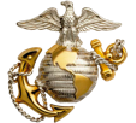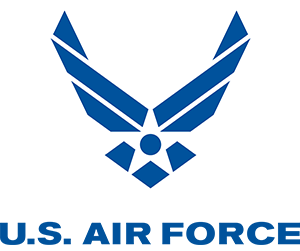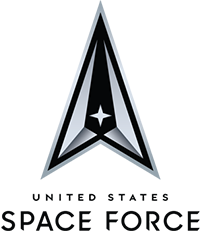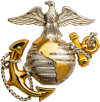Service Branches
Work Environment
Airborne combat navigators perform their work in aircraft. They may be stationed at air bases or aboard aircraft carriers anywhere around the world.
-
Military Status
Officer
-
Median Military Salary This is the median, or the midpoint, of the salary range for this career.
$114,830
Military Salary Range Salary varies based on years of service, degree level, special pays, family status and location.
$26,917 - $350,739
Overview
Airborne combat navigators use radar, radio, and other navigation equipment to determine position, direction of travel, intended course, and other operations of aircraft. They also operate other mission critical systems on the aircraft such as surveillance, communications, electronic warfare, and other weapon systems. In addition, they monitor, evaluate, and direct flying operations and training programs.
Military Training
Officers typically enter the Military after they have completed a four-year college degree; enlisted service members can transition to officer positions through a variety of pathways and earn a degree while serving. Airborne combat navigators may have an education in engineering or a related field. Like other officers, they complete a comprehensive training program covering responsibilities, military structure and etiquette, traditions, and leadership development. Practical experience in navigation is gained through training in aircraft simulators and through actual flying time. Further training occurs on the job and through advanced courses. Training content may include:
- Principles and methods of navigation
- Operation of communication, weapon, and radar systems
- Inspection and testing of navigation equipment and systems
- Combat and bombing navigation procedures and tactics
Helpful Attributes
- Ability to read maps and charts
- Ability to respond quickly to emergencies
- Interest in work requiring accuracy and attention to detail
- Strong desire to fly
Related Civilian Careers
- Commercial Pilots
- Airline Pilots, Copilots and Flight Engineers
- Aerospace Engineers
More careers in this field
See all











